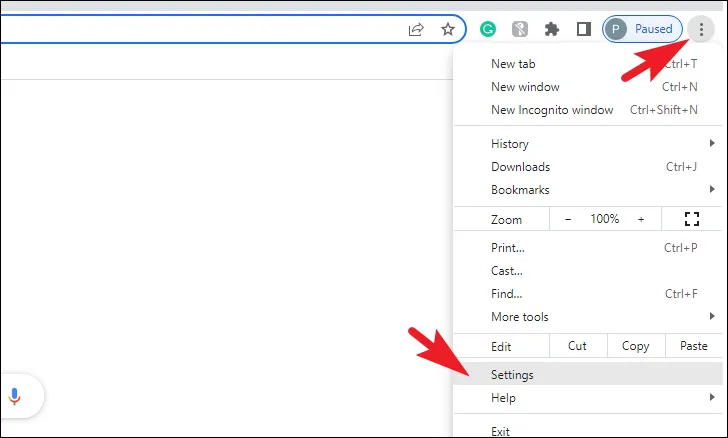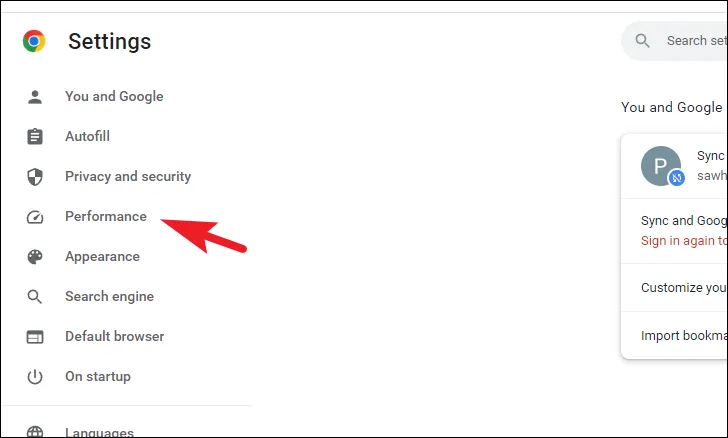How to enable or disable memory saver in Chrome
Contents
Published: March 24, 2023
Last Modified: May 5, 2023
How to enable or disable memory saver in Chrome
Google Chrome is a resource-intensive application, and this trait is unknown to anyone. On top of that, we tend to keep a million tabs open in the browser, which escalates things even more. Due to such high resource usage and multiple extensions and tabs running in the background, Chrome often takes up all the free RAM available on your computer, causing other programs to suffer.
Luckily, you can enable the Memory Saver feature in Chrome, which will help you reduce your computer’s RAM and resource usage.
What is “Memory Saver” in Chrome?
The Memory Saver feature in Chrome helps reduce RAM usage by deactivating inactive tabs. It then automatically reloads inactive tabs when you access them. This not only helps other browser tabs access more RAM to provide a smoother experience, but also helps other programs run smoother and better.
Since less RAM will be used, battery-powered devices will also be able to save some battery power due to their lower power consumption. This feature is available in Chrome version 110 or higher, so be sure to update your browser first.
Together, memory savings and the power saving feature will make Chrome a more efficient browser. According to Google, the combination of these features will result in a reduction in memory usage of up to 40% and 10 GB on behalf of Chrome.
Tab “Actions that prevent their deactivation”
Although, if you want to save as much memory as possible, you need to keep a few things in mind, as some actions will prevent tabs from being deactivated. For your convenience, below is a list:
- audio or video (play or call)
- Screen demonstration
- Active downloads from the site
- forms that have been partially completed.
- USB or Bluetooth devices communicating with the website
- Site notifications
Enable or disable memory saver in Chrome
On the browser home screen, click the ellipsis icon and select the Settings option.

After that, click on the “Performance” tab on the left sidebar.

If you’re here to turn this feature off, click the toggle to turn it off.

Otherwise, to enable this feature, click the toggle to enable Memory Saver in the browser.

You can whitelist specific websites, domains, and subdomains. Once added, tabs for these websites will always remain active. So, if you want to disable this feature because it interferes with some important websites, you can leave it enabled and whitelist those websites instead.
To do this, click on the “Add” button. This will bring up an overlay window on your screen.
Now, to exclude certain domains and subdomains, you can only enter the hostname. For example, you can enter google.com in the space provided, and it will exclude all Google subdomain websites such as drive.google.com, calendar.google.com, etc.

You can also exclude certain domains but not their subdomains; just include a dot (.) in front of the hostname in the URL. For example, if you enter.google.comthis, it will prevent deactivation of www.google.com but will deactivate all subdomains such as forms.google.com, mail.google.com, etc.
To exclude any particular subdirectory from being deactivated, you can specify the full URL path to it. For example, www.google.com/newsit prevents the deactivation of all news-related tabs. However, the main Google pages (www.google.com) will still be deactivated.
You can also use wildcards in the URL to disable deactivation for all matches. For example, you can log in at www.youtube.com/watch?v=*, and this will disable the deactivation of a YouTube video playing in the background.
Also note that you can’t place wildcards anywhere in the URL except in certain places. Wildcards placed in a hostname or even a substring will not match and will not prevent pages from being deactivated. *oogle.com or www.google.com/*, for example, will not prevent tab deactivation.
Well, people. Using the memory-saving feature in Google Chrome is a very simple and straightforward process. Chrome should now be free of its reputation as a memory hog.
